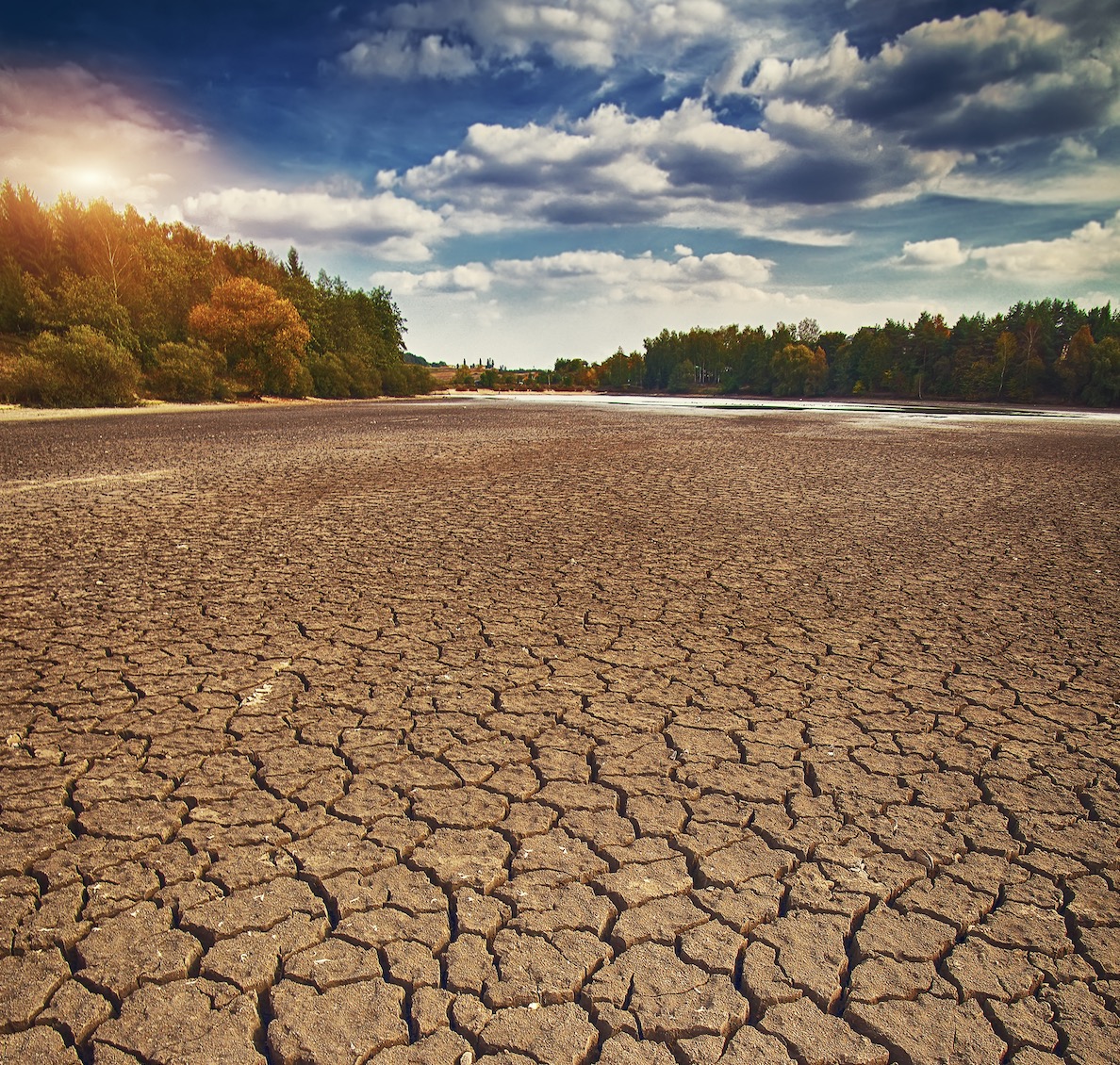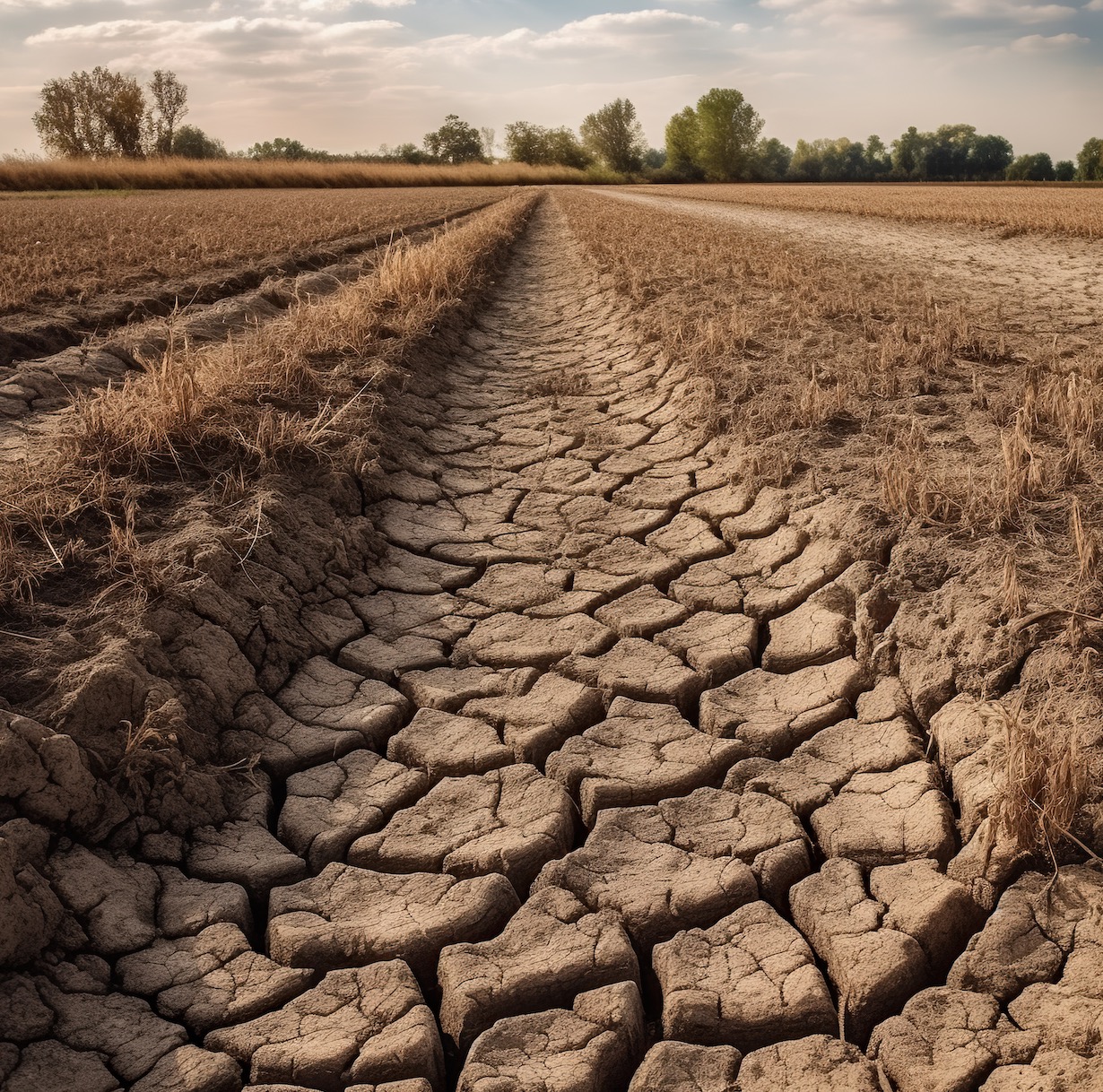Human activities significantly contribute to the occurrence and severity of droughts in South Africa. Understanding these activities with supporting facts and evidence is essential...
Geography Grade 11 Questions and Answers Database for Term 2:
Welcome to our comprehensive database designed to assist Grade 11 students in South Africa as they prepare for their CAPS June exams in Geography. This resource is packed with past exam questions and answers, offering valuable revision material specifically tailored for Term 2 content. By engaging with this database, students can enhance their understanding and improve their exam readiness.
Exam Structure Overview
The Geography Grade 11 Term 2 exam is structured to assess a wide range of knowledge and skills. Understanding the layout of the paper is crucial for effective exam preparation. Here’s what you can expect:
The term 2 Geography Grade 11 exam question papers consist of TWO SECTIONS:
SECTION A:
- QUESTION 1: Atmosphere (60 marks)
Focuses on atmospheric concepts, including weather phenomena, climate zones, and the impact of atmospheric conditions on human activities. This section requires detailed answers and may include data response questions. - QUESTION 2: Geomorphology (60 marks)
Examines earth-forming processes and the resulting landforms. Topics might cover erosional and depositional features, plate tectonics, and the effects of human activity on geomorphological processes.
SECTION B:
- QUESTION 3: Geographical Skills and Techniques (30 marks)
Tests practical skills in geography, including map reading, interpretation of aerial photographs, and the application of GIS. This section is essential for demonstrating how theoretical knowledge is applied in practical scenarios.
Questions and Answers
What is the Earth’s energy balance?
The Earth’s energy balance is the balance between the incoming energy from the Sun and the outgoing energy back to space. This balance determines Earth’s climate and involves processes that absorb, reflect, and radiate energy.
What is global air circulation?
Global air circulation is the movement of air that redistributes heat around the planet, driven by the uneven heating of the Earth’s surface by the sun. This circulation helps determine climatic patterns across different regions.
What is the significance of Africa’s weather and climate for its agriculture?
Africa’s weather and climate significantly influence agricultural productivity, dictating the growing seasons, types of crops that can be grown, and the management of agricultural resources to cope with varying climatic conditions.
What is desertification and how does it occur?
Desertification is the degradation of land in arid, semi-arid, and dry sub-humid areas, primarily due to human activities and climatic variations. It occurs from factors such as unsustainable farming, deforestation, and inadequate water management.
What is the role of the atmosphere in regulating Earth’s temperature?
The atmosphere plays a critical role in regulating Earth’s temperature by trapping heat through the greenhouse effect, thus maintaining a climate suitable for life.
What is the Coriolis effect and how does it impact global air circulation?
The Coriolis effect is the deflection of moving objects, like air or water, to the right in the northern hemisphere and to the left in the southern hemisphere, due to Earth’s rotation. This effect significantly influences global air circulation patterns, affecting weather systems and ocean currents.
What is the difference between weather and climate?
Weather refers to the short-term conditions of the atmosphere in a specific place at a specific time, while climate describes the long-term average of weather patterns over a much larger area and a longer period.
What is the greenhouse effect?
The greenhouse effect is a natural process where certain gases in Earth’s atmosphere trap heat, keeping the planet warm enough to support life. Human activities, however, have enhanced this effect, contributing to global warming.
What is a drought, and what are its main causes?
A drought is a prolonged period of abnormally low rainfall, leading to a shortage of water. Causes of drought include variations in rain patterns due to climate change, deforestation, and mismanagement of water resources.
What is the intertropical convergence zone (ITZ) and its impact on Africa’s climate?
The intertropical convergence zone (ITZ) is a belt of low pressure which circles the Earth near the equator where the trade winds of the Northern and Southern Hemispheres come together. It heavily influences Africa’s climate, especially by dictating rainy and dry seasons, which affects agricultural activities across the continent.
True/False Questions and Exam Tips
True or False: The Earth’s energy balance is solely dependent on solar radiation.
False. The Earth’s energy balance is determined by the balance between incoming energy from the Sun and outgoing energy back to space, which includes not only solar radiation but also Earth’s radiated energy.
Exam Tip: When answering true/false questions, pay attention to absolutes like “solely” or “always.” These can often indicate a false statement if the concept being tested is complex or has multiple influencing factors.
True or False: Global air circulation only affects weather systems, not climate patterns.
False. Global air circulation affects both weather systems and climate patterns by redistributing heat around the Earth, thus influencing both short-term weather and long-term climatic conditions.
Exam Tip: Ensure you understand the definitions and differences between ‘weather’ and ‘climate’ as these terms are often used and tested in geographical contexts.
True or False: Desertification results exclusively from natural climate changes.
False. Desertification is caused by both human activities (such as unsustainable farming and deforestation) and climatic changes, not solely by natural climate variations.
Exam Tip: For concepts involving environmental impact, be prepared to discuss both natural and human-induced factors.
True or False: The greenhouse effect is entirely a negative phenomenon causing global warming.
False. The greenhouse effect is a natural process that warms the Earth’s surface to a life-supporting average, though its intensification by human activities contributes to global warming.
Exam Tip: Distinguish between natural processes and their alterations or intensifications due to human actions, especially in discussions about environmental science.
True or False: The Coriolis effect influences the flow of ocean currents in addition to air currents.
True. The Coriolis effect impacts the movement of both air and ocean currents by causing them to deflect to the right in the northern hemisphere and to the left in the southern hemisphere.
Exam Tip: When studying, it’s useful to consider how geographical principles apply to various natural phenomena, not just the examples most commonly discussed.
True or False: Weather can be predicted with absolute certainty.
False. Weather predictions are based on probability and the best available data and models, but they cannot be 100% certain due to the complex and dynamic nature of the atmosphere.
Exam Tip: Understand the limitations of scientific predictions and models in geography; they are based on the best current knowledge but are subject to change with new data or methodologies.
True or False: Every part of Africa experiences dramatic seasonal changes because of the ITZ.
False. While the ITZ significantly influences seasonal rains in many parts of Africa, regions far north or south of the equator experience less dramatic seasonal changes due to this convergence zone.
Exam Tip: Geographic generalizations often need qualification or exceptions; always consider regional variations when studying geographical phenomena.
True or False: Droughts can occur in both dry and humid regions.
True. Droughts are defined by a lack of precipitation relative to the regional average, which can happen in any climatic zone, including humid areas.
Exam Tip: When studying different geographical events, think about how they can manifest differently in various environments or under different climatic conditions.
Each of these questions and tips is designed to help refine your understanding and approach to answering exam questions effectively, preparing you well for your Grade 11 Geography exams.
True/False Questions and Exam Tips
What is topography associated with horizontally layered rocks?
Answer: Topography associated with horizontally layered rocks typically features flat or gently undulating surfaces. This occurs because the erosion processes affect each layer uniformly, often creating plateau-like formations, characterized by broad, flat areas or gentle slopes.
Exam Tip: Be prepared to describe and recognize different topographic features that result from various types of rock formations. Diagrams can often help illustrate your answers effectively.
What is topography associated with inclined rock strata?
Answer: Topography associated with inclined rock strata includes features such as ridges and valleys that align with the tilt of the rock layers. The inclination causes differential erosion rates, which often results in more dramatic and rugged landscapes compared to horizontally layered rocks.
Exam Tip: Understand how the angle of rock strata can influence erosion patterns and topographic development. Sketching out strata alignments in relation to topographic features might be a useful study aid.
What is topography associated with massive igneous rocks?
Answer: Topography associated with massive igneous rocks is often characterized by very rugged landscapes with steep slopes. These rocks are resistant to erosion and can form prominent landforms such as volcanic mountains or massive domes.
Exam Tip: Link types of rocks to their resistance to weathering and erosion in your studies, as this significantly impacts the resulting landforms.
What is the significance of slopes in geomorphology?
Answer: Slopes are significant in geomorphology as they influence the movement of materials due to gravity, affecting soil erosion, landslide occurrence, and the overall shaping of the landscape. The stability of slopes determines the development of many other geomorphological processes and features.
Exam Tip: Study different types of slopes and understand the factors that contribute to their stability, such as material type, water content, and vegetation cover.
What is mass movement and what are typical human responses to it?
Answer: Mass movement refers to the downslope movement of soil and rock material under the influence of gravity. Human responses to mass movement often include engineering measures like retaining walls, reforestation to stabilize slopes, and relocation of vulnerable communities.
Exam Tip: Be able to explain the triggers of mass movements and discuss various mitigation strategies, possibly through case studies or real-world examples to illustrate human impact and response.
Each question and tip is crafted to deepen your understanding of geomorphological processes and how they interact with human activities, crucial for tackling the complexities of geography in your exams.
Term 2 Exam Question Papers and Memos for Previous Years
2024 Term 2 June Questions and Answers
2023 Term 2 June Questions and Answers
2022 Term 2 June Questions and Answers
2019 Term 2 June Questions and Answers
2018 Term 2 June Questions and Answers
2017 Term 2 June Questions and Answers
2016 Term 2 June Questions and Answers







